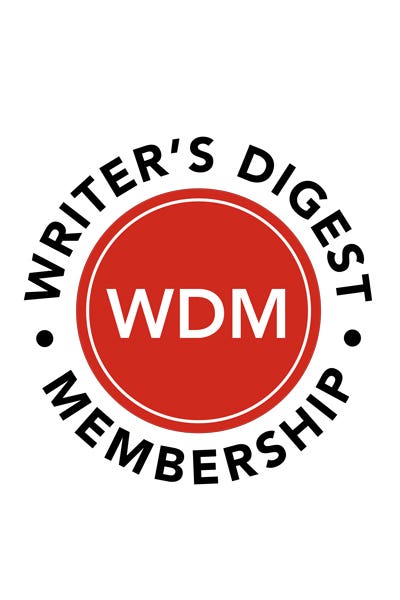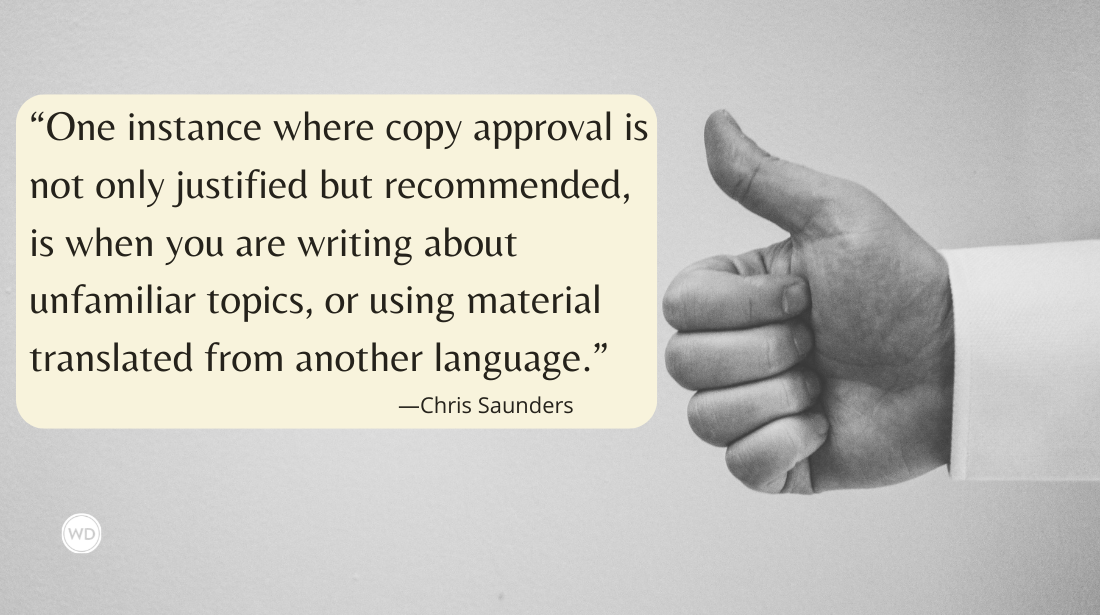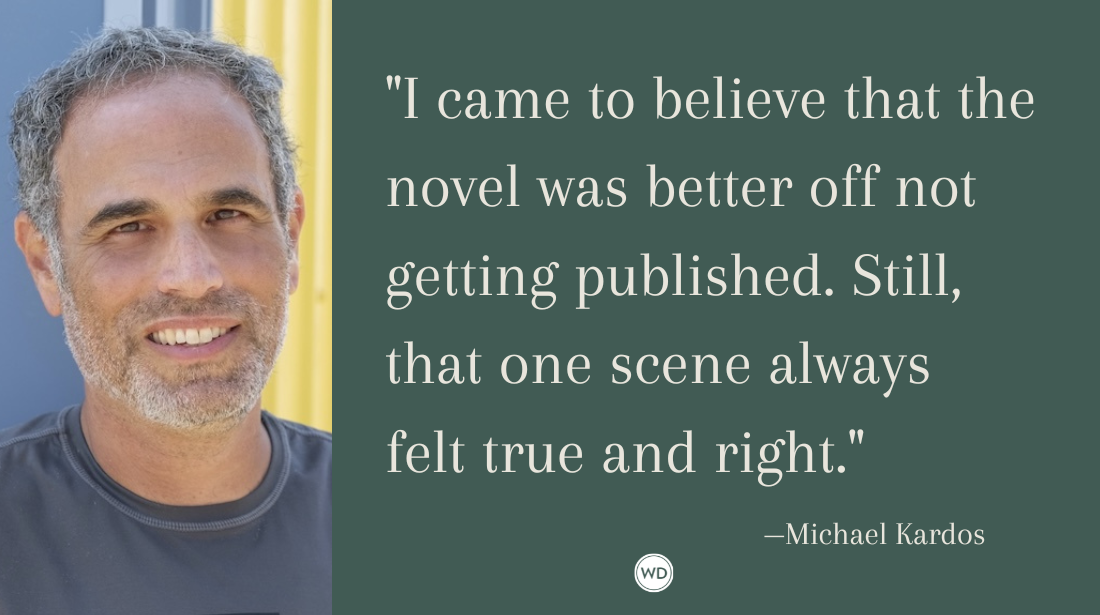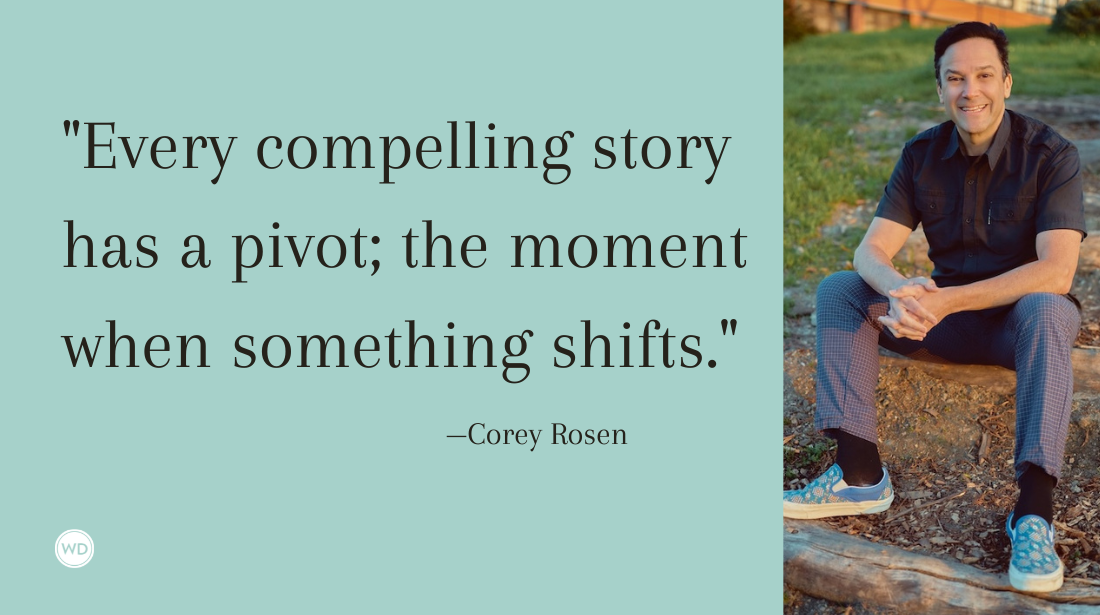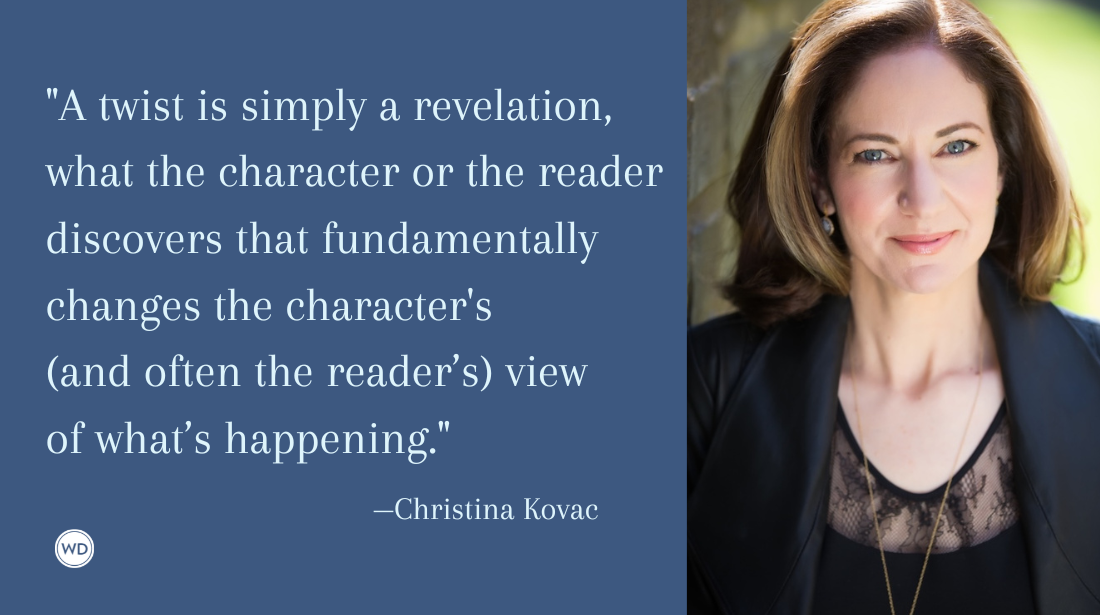Beyond Feedback: Beta Readers Give Us Gold
Author Kim Catanzarite discusses the importance of beta readers in the editorial process and how they can boost an author’s self-confidence.
[This article first appeared in the March/April 2025 issue of Writer's Digest.]
Beta readers may do a lot of things for authors, but aside from pointing out confusion in a manuscript and revealing aspects that are lacking in the story, the most important task they perform is to bolster the writer’s self-confidence.
If you’re not using beta readers as part of your writing process, the reasons you should are many. I can’t imagine surviving the road to publication without them. But before I get to that, let’s talk a little bit about these people and where they fit in the editorial process.
At their most basic, beta readers are the first responders to your manuscript. After you’ve toiled over your novel-in-progress for weeks or months or years, and you’ve deemed it ready for another reader’s eyes, betas step up to the plate.
Anyone who likes to read and vows to be gently honest—emphasis on gently—about how they feel about your work will do: friend, relative, complete stranger. Writers in general make better betas than nonwriters do because they usually have a greater level of understanding of story structure. The more detailed a beta reader can be when giving feedback, the better.
I have beta readers who provide very few in-line notes and instead respond to the book as a whole in an overview, and I have other betas who give me notes all the way through the manuscript. There is value in both methods, though I feel it’s imperative to obtain at least one detailed reading with many in-line notes. In my “pool” of beta readers (I use at least six per book), I make sure I have two who will provide comprehensive feedback.
The best betas are amateur developmental editors in that they concentrate their suggestions on the larger parts of the story: the content and characters, and not the commas. They comment on plot, pacing, characterization, and setting, letting you know where you’ve gone astray. They tell you where a scene falls flat and where they’re confused.
Why are they crucial to your process?
As writers, we all do things in our writing that we think are just fine but that don’t, for whatever reason, work for readers. If no one points out these blunders for us, they remain in the story, potentially rubbing readers the wrong way. These may be small issues or large ones.
The problem with self-editing is that our brain glides right over most of what we’ve written because it understands what we’ve meant to say (even if what we mean to say doesn’t exactly appear on the page).
Our mind can visualize our characters and what they’re doing, so it may not think to raise an alarm and shout, “Hey, this isn’t working,” or “Maybe this isn’t a good idea.”
The beta reader can guide our focus to these problem areas so that we can fix them before we spend a lot of money on a developmental editor (the next step in the editorial process), who will help fine-tune the deeper, harder-to-grasp issues that may linger below the surface—those a beta reader doesn’t likely have the skills to pick up.
Beta readers clear away the lower-hanging fruit so the pro can more easily reach, and comment on, a deeper level.
How do betas create self-confidence?
If you ask your beta readers to, they will also tell you when you’ve impressed them with your storytelling or wordsmithing—and who doesn’t love that? The brain is equally oblivious to the “good” that we’ve done as it is to the bad.
Pointing out the impressive parts of our novel—the lines that sing, the twists that blow them away, the delightful quirks you’ve given your character and how they bring those characters to life—may actually be the betas’ most valuable role. No one will comment more precisely on your book than those you enlist in the beta-reading task. In other words, it’s likely that you’ll never hear more from readers than you will during this phase.
It’s gratifying to learn that what we’ve written moved a beta reader emotionally or made them stop and highlight our painterly turn of phrase. Of course, we want to know all that’s missing or wrong with our story—we rely on others to point out our missteps—but our beta readers’ happy or intrigued or thrilled notes build us up and remind us that we’ve made a lot of solid choices in our story in addition to making a few mistakes.
Seeing what we’ve done right reminds us that we are good writers. That we have what it takes to impress a reader with our skills. That plenty of the scenes we wrote do work, and that the climax is both brutal and amazing.
Betas are the first to let us know they’ve understood our jokes and humorous circumstances (which either made them LOL or grimace), our tragic love stories (which either made them cringe or cry), and our tender moments of reflection (which hit the nail on the head or missed the mark).
The comments and compliments they provide are the gold that keeps us going through each manuscript revision, through every edit, through countless rounds of proofreading and fixes. Yes, we’ve made mistakes, and the manuscript has its weaknesses that we aim to work out, but the writing is worthy, moving, has potential. There is strong work here, and because you’re in the beta-reading phase there’s time to transform what needs help into something wonderful (or at least better).
Your betas have reassured you of that.
Down the road, when a reviewer leaves a few words about how disappointed they were with the story (every book gets a few of these), when they sum up your hard work with a couple of thoughtlessly scrawled phrases, they probably won’t add, “But, wow, this metaphor she wrote made my head spin in the best of ways!” There won’t be any specifics at all. The wonderful details that make up your book will not enter their critique.
But thanks to the gold your beta readers gave you, you can remind yourself that you know your work is of value. Even if it didn’t resonate with this particular reader, it did resonate with others.
No one can take that from you. Whenever you need it, it will be there, bolstering you up, protecting you from the damage those inevitable harsh words that come flying out of the blue can do to a writer.
When you send your manuscript to your beta pool, give them a short list of tasks to keep in mind.
1. Focus on the content: the story, not the commas.
2. Point out any confusion.
3. Make a note in any place that moves too slowly or any detail that seems wrong or off.
4. Feel free to mention anything you particularly like!
With their “here’s what works, here’s what doesn’t” critique, betas are on your side. Think of them as the light—and the confidence—that shines a way to a better novel than the one you’ve written all by yourself.
Where can I find beta readers?
The best way to find a good beta reader is old-fashioned word of mouth. Aside from that, you can reach out and take your chances. All feedback that you receive has the potential to be valuable. It also has the potential to be damaging. If the comments are harsh or overwhelming, feel free to set them aside. What you want is helpful, constructive criticism that makes sense to you. If it doesn’t resonate, do not feel obligated to follow through.
- Writers you know
- Recommendations from others
- Writers’ workshops or conferences
- Online writing groups
- Goodreads Beta Reading Group
- Friends/family who love to read
- The local library (ask the librarian if a good reader for your book comes to mind)
Kim Catanzarite is the author of the award-winning Jovian Universe sci-fi series and the dark fantasy novel Staked: A Vampire’s Tale. She is a freelance writer and editor for publishers and independent authors, and an instructor for Writer’s Digest University. Her Self-Publishing 101 blog discusses the ins and outs of author life as well as all things writing craft. For more information, visit AuthorKimCatanzarite.com.



